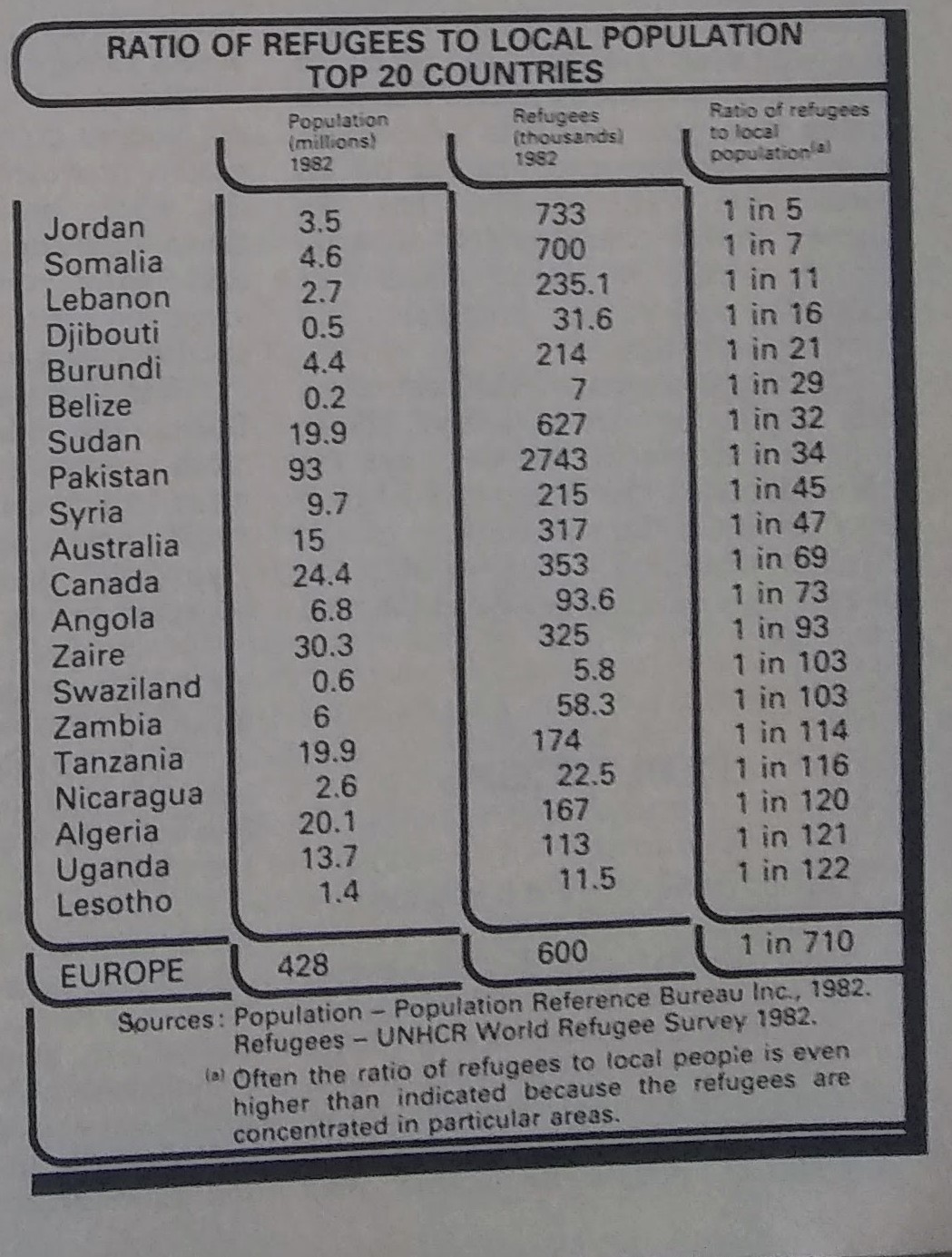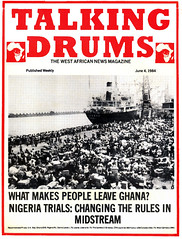Victims of Xenophobia? Refugees In World Context
Mercy Oppong
Various methods which have been employed to reduce the inflow include simply turning would-be refugees away at the borders.It has become increasingly clear in the past few years that the problem of refugees the wold over is assuming distressing proportions and that if anything could be done to alleviate the problem, world attention would have been focussed more on it than had hitherto been possible.
In this direction the invaluable service of the United Nations High Commissioner for Refugees (UNCHR) which coordinates the emergency operations and general welfare programme of refugees in the world cannot be overemphasised. However, problems of refugees in Africa has become a dominant discussion point in recent times because of the resource constraints of the continent and the concentration of the refugees in some parts which have resulted in economic problems of horrendous proportions.
ICARA I, the first International conference on Assistance to Refugees in Africa which was aimed at highlight- ing the cause of African refugees did not achieve any significant result in that direction. It is within context that the forthcoming ICARA II is to be held.
The assistance being sought in ICARA II is three fold. First, contin- ued relief, care and maintenance assistance for refugees and returnees. Second, assistance to promote durable solutions in the form of the voluntary repatriation and local integration of refugees must be continued and rein- forced. Third, and very significant, there is a critical need for infrastruc- tural development and assistance to affected countries to help them cope with the burden of receiving refugees and returnees. This last issue has been referred to as the 'new window' an effort of the international community to initiate a global long-term approach to African refugee problems by means of infra-structural and developmental support in areas affected by the presence of refugees and returnees.
Assistance in the first two categories is already being provided to African refugees and affected countries through UNHCR, WFP and other agencies including non-governmental organisation
Assistance in the third category represents a new and important concept: how to provide a philosophical and practical link between refugee aid and development assistance.
Another area of the refugee problem which has assumed alarming proportions in recent times is the acceptance and integration of refugees in Europe - a situation which has created xenophobic tendencies where understanding and tolerance should have prevailed. Elsewhere in the magazine the causes of the refugee problems in Africa and the spill-over into western industrial countries has seekers. been dealt with but the question arises: what can be done to abate the current fear?
In answer to this question the poignant analysis in Refugees, a UNHCR magazine is very instructive. Observed the magazine:
"In considering the question of working. xenophobia and refugees it is important to recall that a person becomes a refugee when he is obliged to leave his own country as a result of the political conditions prevailing there or other compelling reasons such as external aggression or internal conflict or disturbances.Since they contain this element of compulsion the refugees' grounds for seeking admission into a country are therefore fundamentally different from those which motivate other aliens, and indeed the granting of asylum is based on recognition of this real distinction...
In certain count ries already prevailing xenophobic attitudes have also led to an exaggerated importance being given to other development in the refugee field. Uganda, for example, the increase in certain the number of abusive claims for refugees status i.e. from persons who manifestly have no basis in which to be considered as refugees - has led to a tendency to regard all asylum applications as unfounded."
There are also fears of distortion in the demographic structure of a country accepting large numbers of refugees with perceptibly different cultural backgrounds and these have contributed to a dislike of refugees which in turn has led to public pressure on governments to contain the inflow of asylum seekers.
Various methods which have been employed to reduce the inflow include simply turning would-be refugees away at the borders and airports, dissuasion by means of detention of refugees sometimes for long periods of time or denying them the possibility of working.
"Yet fears of being overrun by refugees simply do not reflect the facts," said the magazine "The average proportion of refugees in 20 European countries is 0.14% of the population. The number of those seeking recognition as refugees is even smaller."
The table below is self-explanatory.

Previously The Refugee Drama and A Catalogue of Horrors
